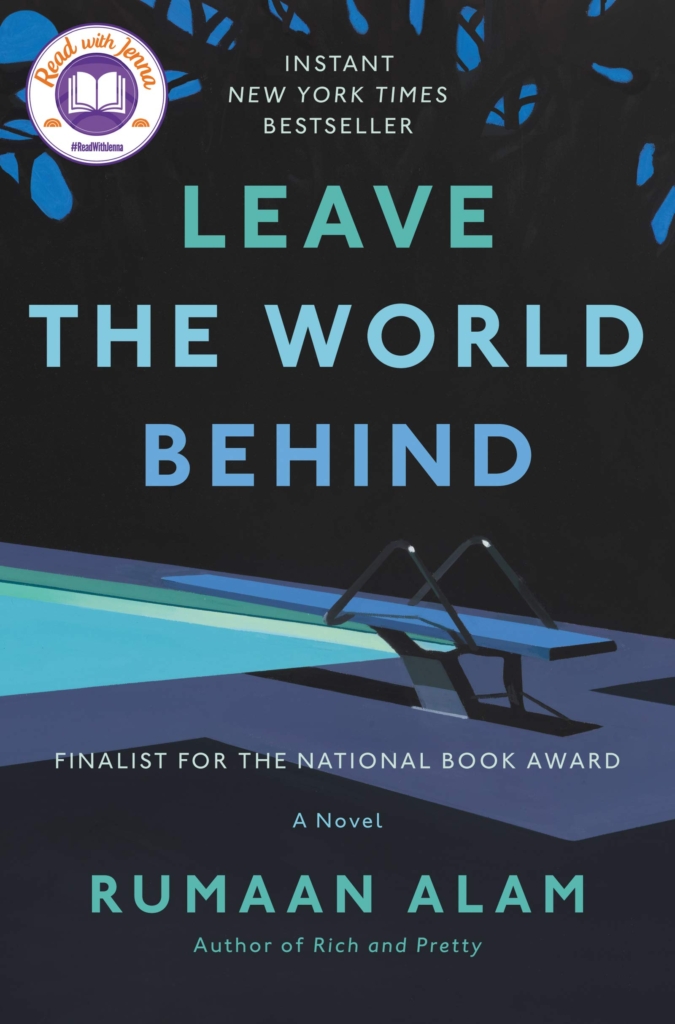
Three Brothers by Yan Lianke
Yan Lianke’s work Three Brothers, translated by Carlos Rojas, is a tour-de-force of language and reflection. Ostensibly a memoir, Three Brothers is an interwoven tale of his parents’ generation, covering the unique paths each of them took and their actions within the mundane bleakness of life in the common-folk. From each perspective, spanning his three closest elders, Yan finds messages within life, resistance against fate, and acceptance of their existence. The story’s language, much like the day-to-day life of his family, is suffering specked with joy and laughter, progressing from the Cultural Revolution onward; similar to Yu Hua’s seminal novel To Live, this cycle of living (as termed by Yan), is inescapable, yet also full of wonder.
Unlike most major contemporary Chinese authors, Yan Lianke was born and raised in an agricultural peasant family. Three Brothers chronicles this journey, and his reflections upon this journey, exploring themes of responsibility towards his family, the unique challenges of rural life, and the transition to urbanization, mirroring the upheavals in China since the Cultural Revolution. Within all the stories of his parents’ generation, there is a consistent theme of labor; this labor and suffering is not romanticized or glamorized, but simply displayed. Further displayed is the unyielding desire to improve these conditions, and the spiritual effects these efforts produce — either a sort of decay internally or a direct conflict with others. As institutions (local, national, and domestic) pit peasant against peasant, Yan Lianke’s raw language makes no pretense on morality, reflecting a major trend in modern Chinese literature. But Yan goes further; in this environment, there is no justice for the wronged, no right or wrong in the raw struggle towards a better life: living continues on. Yan’s distinction between life and the living play a central role in exploring this contradiction, a level of destitution that is rarely seen. Yan’s family struggles to live, with each step forward matched by a step back. For us, the readers, we see this as hopeless. But there is so much happiness as well, small triumphs that affirm the status of life. This triumph is the triumph of the everyperson. It is a triumph to continue to live despite destitution. Some live for family. Some live to die. Some simply live. This process of life, failure, triumph, and death is made beautiful in Three Brothers, beautiful in the struggles of rural life in China.
-Jeffrey Xiong
Leave the World Behind by Rumaan Alam

Often we read to leave the world behind. Rumaan Alam’s Leave the World Behind offers no such respite. Instead, Leave the World Behind acts as a mirror reflecting the disorder, cruelty, panic, and destruction of modern society. The novel opens with Amanda, her husband Clay, and her children Archie and Rose as they begin what is supposed to be an idyllic vacation in Long Island. Of course, idyllic vacations must be spoiled, and this particular trip is interrupted when GW and Ruth, the original owners of the house show up one night having fled New York City. Secluded from the rest of the world, the inhabitants of the house come together to weather what may be a power outage, a terrorist attack, a war, some form of the end of the world.
Alam masterfully details how each of his characters navigates one tumultuous event after the other, so the story becomes one of individuality in the face of a catastrophic event affecting all of humanity. Alam’s thoughtful construction of each of his characters is what makes his narrative so gripping. Alam relies tropes of disordered government, reliance on electronics, and human selfishness to illustrate the downfall of modern society. These seem worn in today’s world, but his devotion to his character’s and their responses to conflict presented by these tropes is what makes Leave the World Behind so fascinating. Alam’s men are typical embodiments of toxic masculinity. They feel the need to protect, to control, and to project strength. Yet Alam creates a narrative that constantly tests this masculinity, revealing the frailty and tenderness of fatherhood and boyhood. Alam’s women are also typecast into roles of maternalism and 21st century feminism, but the boundaries of what these roles mean to them is also pushed.
Everything in Leave the World Behind is painfully self-aware. Baby carrots are not simply “baby carrots” but instead “those carrots that are tumbled around until they’re the size of a child’s fingers” (12). Nothing in the world Alam constructs can just be. This can be frustrating at times as everything reflects on itself. But this may be the point of Alam’s work. Leave the World Behind reminds its readers that the world can never be left behind, even when it is on the brink of destruction — we rely on it too much.
-Elizabeth Meyer
